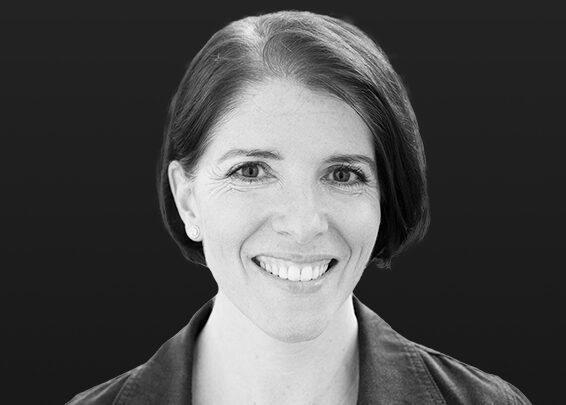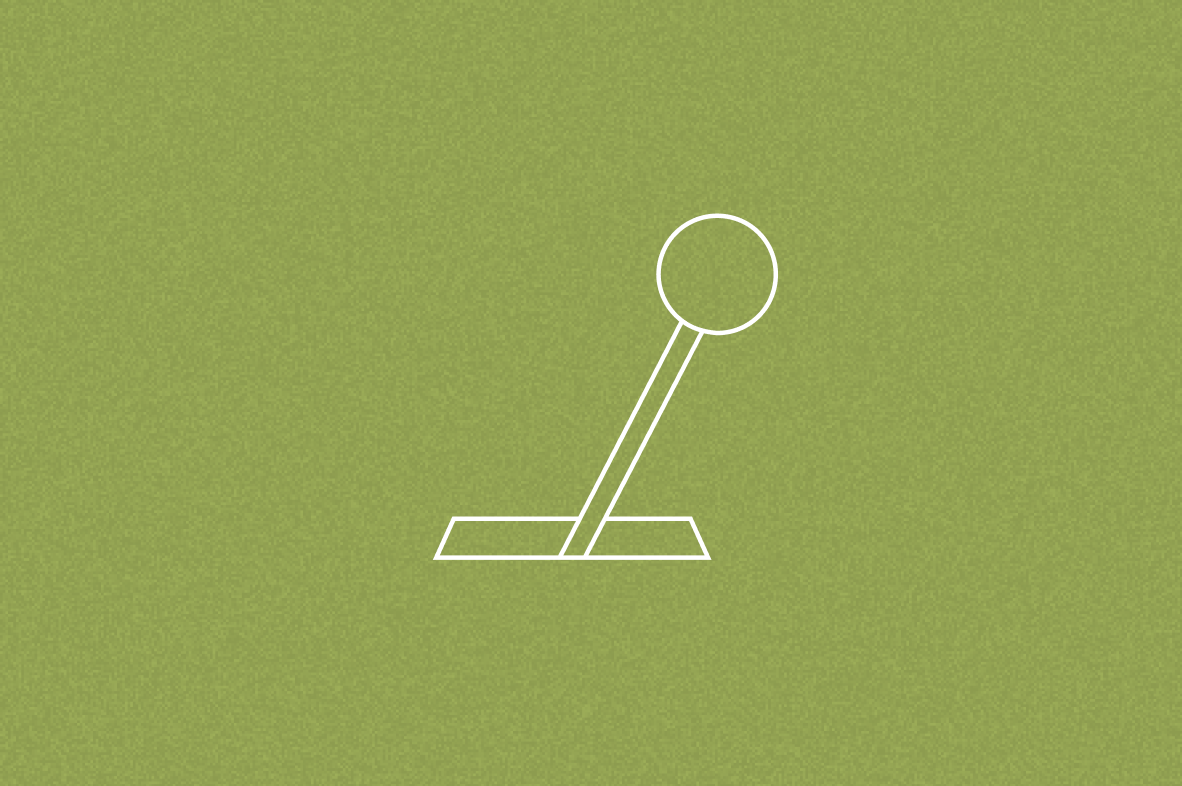Better Brainstorming with Human-Centered Design | Tory Burch Foundation
Get Your Teams’ Best Ideas with Human-Centered Design
How better brainstorming can yield more meaningful work.
3,437 Views
4 Likes
6 min read
Link copied to clipboard
What do you do when your org needs a new idea or product? Chances are, you begin with a brainstorm and your team gets stalled. Applying human-centered design principles not only makes team participation easier, but it also helps you solve your customers’ most pressing problems faster. Human-centered design is an approach to finding and solving problems creatively that pays special attention to the human experience. The methods and mindsets help teams navigate complex challenges with collaborative innovation.
Nadia Roumani, co-founder and senior designer of the Designing for Social Systems program at Stanford’s Hasso Plattner Institute of Design, joined our webinar series to present a framework for better brainstorming and product creation that starts with the people you want to help.
WHY YOU NEED BETTER BRAINSTORMING.
When presented with a problem, we tend to imagine a solution as quickly as possible. Think about how brainstorming sessions usually go with your team. Have you struggled to push your team’s imagination outside the box they’re used to working in? Do ideas tend to get trampled over or shot down? Is striving for “perfection” holding you back?
Our brains love certainty. But the idea here is to remain open. Exploration and open mindedness are more important than finding a “right” answer.
The best way to navigate the exploration process of your design is to allow your mind to remain open long enough to consider different approaches and potential solutions, not just jump to the most familiar answer.
4 ESSENTIAL HUMAN-CENTERED DESIGN BEHAVIORS.
Roumani introduced four behaviors to encourage a dynamic, open-minded brainstorm: understanding people deeply, seeking insights to discover new possibilities, generating before deciding and building to test and gain feedback.
Understand People Deeply
First, you need to determine who you’re designing for. What community do you want to impact through your design? You want to uncover your target audience’s beliefs and motivations so that you can address their implicit needs, not just the explicit ones. Human-centered design encourages you to go deeper than demographics. Roumani said dedicating a couple hours to one-on-one interviews can enlighten your work with their values and how your goals fit into them.
For example, if you were working on a project aimed at increasing the recycling behavior of women, you’d need to understand not only the demographics of the type of woman you’re designing for, but also contextual information about her life. Is she a 20-something living in New York City or a mother of four in the suburbs? What are her current recycling behaviors? In this example, Roumani pointed out that how you’d design for a person who’s anti-recycling would be very different than how you’d design for someone who’s demonstrated that they’re open to the practice. How would you address unique behavior differences? Answers to all of these questions would greatly inform your approach.
If your business is aimed at multiple communities and demographics, Roumani recommended focusing on one at a time. You can’t juggle and build from multiple groups at once, and being more specific at the start will allow you to scale more easily later.
Seek Insights to Discover New Possibilities
How you and your team frame questions in your brainstorming sessions dictates the kind of answers you’ll find. The key is framing the problem around the need, not the solution. For example, asking a group “How might you organize the things you need while traveling?” will yield a wider range of answers than “How might you redesign a carry-on suitcase?” A carry-on suitcase is an example of a solution to the problem, but it’s not the only solution. Putting a possible answer in the question immediately creates a rigid box for the imagination.
Be Generative Before Deciding
“Oftentimes, we’re editing our own selves. We don’t want to throw something out that sounds silly or weird,” Roumani said. Generating new ideas with your team can be an exciting time. But without structure, that excitement can be stamped out by insecurities and perfectionism. To encourage a “safe space” for innovation, it’s important to defer judgment. Remember, you can’t generate and evaluate ideas at the same time. This goes for the ideas of others and our own. The goal of those initial brainstorming meetings is to gather as many ideas as possible and build on each others’ ideas. Quantity leads to quality.
Roumani also highlighted that creating culturally inclusive products and designs starts with including those communities in the ideation process. Whether designing with consultation from a specific culture or community, co-designing with them, or supporting them to design for themselves, it’s important to ensure their voices are present in the room where decisions are being made. Spend time among the people you want to impact to better understand what would serve them best, beyond your own bias or assumptions.
Build to Learn and Gain Feedback
Perfectionism builds roadblocks for your company’s productivity. Roumani recommended testing your prototype products or processes early in the development process, even if they’re not attractively designed. Getting into the habit of sharing unfinished work allows you to get feedback before lots of time and resources are dedicated to something. That feedback can come from focus groups or trusted individuals in your target audience. Use this opportunity to find out if what you’ve designed meets their needs. What would they change? Those learnings can inform your next prototype and the process repeats until you feel your goal has been achieved.
Roumani said you don’t have to prototype your entire offering at once. It’s okay to just test pieces of the puzzle individually. And you’ll know that you’ve reached a prototype that’s ready to be launched when you’ve named or framed something that really resonates with your target group. You might have reached a threshold where the feedback you’re receiving isn’t taking you in new directions anymore and has started to become repetitive. That’s a good time to put what you have out into the world and see how it’s received. Remember, improvement is the goal, not perfection.
CASE STUDY: DESIGN BEHAVIORS AT WORK
Roumani presented a 2015 initiative that she took part in through Stanford’s Center on Philanthropy and Civil Society to demonstrate how that team implemented human-centered design behaviors in a project for the Effective Philanthropy Learning Initiative.
The Effective Philanthropy Learning Initiative wanted to encourage donations from high net worth individuals. In the spirit of understanding people deeply, the team, guided by topic cards, conducted small group interviews with 10 to 12 wealth advisors at a time to explore what philanthropic advice they were currently giving their clients and if they were interested in giving philanthropic advice at all.
Those interviews taught her group that one of the biggest barriers to wealth advisors providing philanthropic advice was that they didn’t feel they knew enough about the subject. From there, they were able to develop a brainstorming question: How might we increase wealth advisors’ confidence in providing their clients with philanthropic advice? The group brainstormed and determined that a toolkit of resources would be most beneficial for wealth advisors, but they still needed to test the content and format of that toolkit.
The team developed a prototype toolkit to learn and gain feedback. They presented the most basic prototype to wealth advisors during focus group sessions and encouraged them to be honest about what would and would not work for them and their clients.
Through six prototypes — which tested content, user experience, format, and other aspects with each new iteration — they landed on a modular toolkit that was released via a Creative Commons license so that banks and advisors could pick out the aspects that best applied to their needs.
Roumani recognized that these behaviors and steps might feel like too much to teams that are already feeling overwhelmed or stretched too thin. But she said the hard truth is that meaningful work can’t be done in a pressure cooker. You have to create the time your team needs, and slowing down in the short term will allow you to move faster toward your goals in the long term. Also, there’s nothing wrong with using artificial intelligence for data validation to help move the process along, but it should be used in union with real-life human connections, not in the place of them. The trust and relationships you build with people through the design process can’t be simulated.
Help an entrepreneur by upvoting

